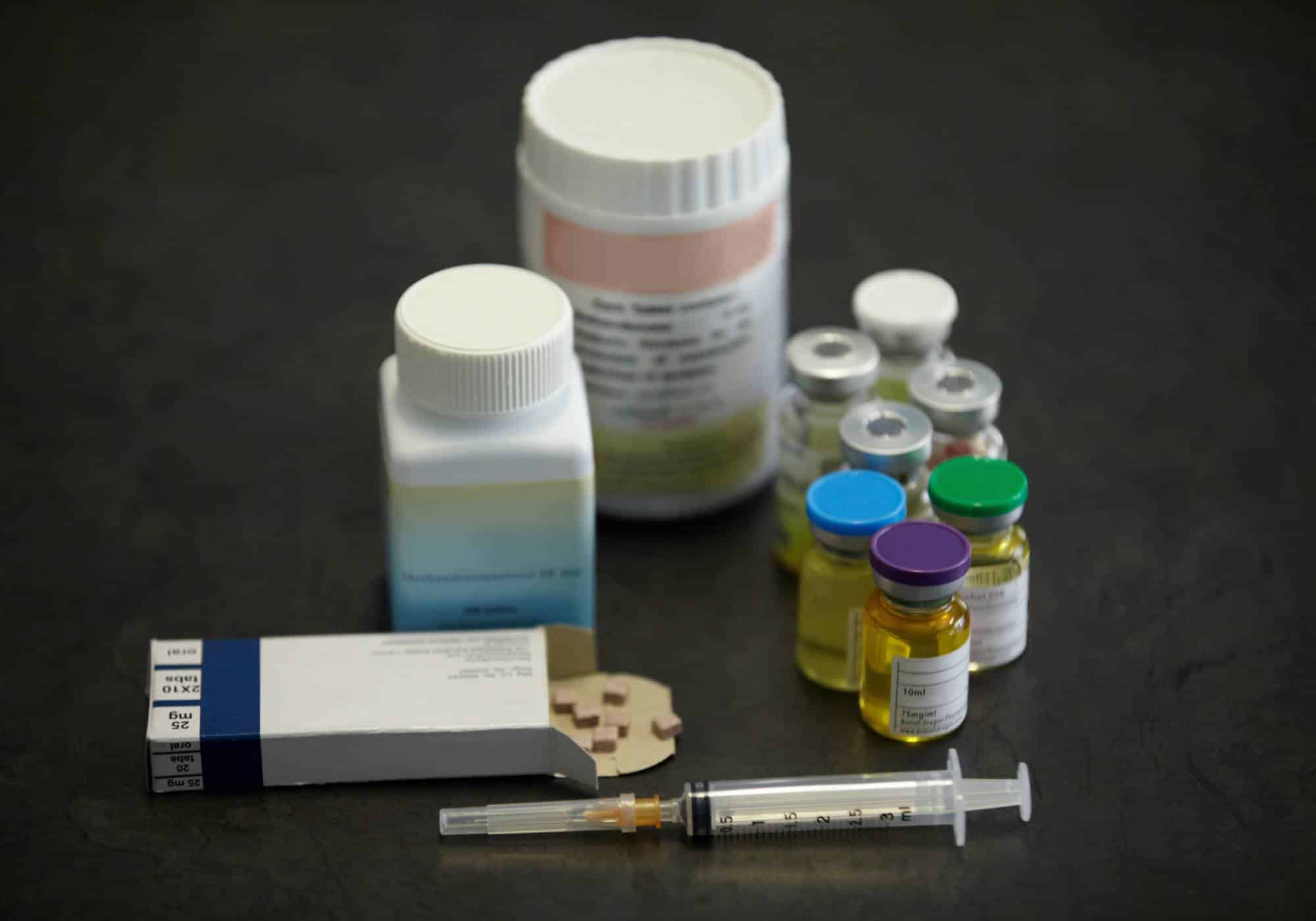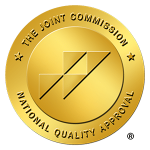What is Barbiturate Addiction?
Barbiturate addiction remains a significant concern due to the sedative and sleep-inducing properties of these drugs, commonly known as “downers,” “reds,” and “yellow jackets.” Despite a decline in their popularity, the risk of addiction is high, with just a month’s use potentially altering brain structure and function. The danger is compounded by the narrow margin between therapeutic and toxic doses, making barbiturates particularly risky and linked to numerous fatalities.
Initially introduced in the early 20th century for anxiety, seizures, and insomnia, prescription rates have fallen, but illicit use persists, sometimes to counteract the effects of stimulants like cocaine and methamphetamines. Similar to alcohol, barbiturates can induce a comparable state of intoxication.
Their highly addictive nature means that even short-term use can lead to dependency, with withdrawal symptoms manifesting if use is ceased. Overdosing is often fatal, particularly when combined with other depressants that further suppress respiratory function, leading to coma or death.
Barbiturates addiction cannot be managed at home; medical intervention and hospitalization are crucial for safe detoxification. Recovery requires comprehensive, long-term treatment to address this perilous dependency.
What are Barbiturates?
Barbiturates fall into the category of hypnotic sedatives, acting as central nervous system depressants to relax muscles and lower heart rates, promoting sleep. These synthetic drugs, derived from barbituric acid, are traditionally prescribed for conditions like insomnia, anxiety, and seizure disorders. However, their potential for misuse and high addiction risk has been noted.
Common barbiturates include Pentothal, Amytal (amobarbital), Butisol (butabarbital), Nembutal (pentobarbital), Seconal (secobarbital), and combinations containing phenobarbital such as Belladonna and Donnatal. Some formulations combine butalbital with acetaminophen, aspirin, or caffeine, available under brand names like Esgic, Fioricet, Fiorina, and Fortabs. If you or someone you care about is struggling with barbiturate addiction, support and treatment are available.
What do Barbiturates Look Like?
Barbiturates exist in several forms, capable of being injected directly into veins or muscles, though they are most commonly encountered as pills. Each type of barbiturate is often known by street names that reflect their appearance. For instance, generic amobarbital, recognizable by its blue hue, may be referred to as “blue haven,” “blue velvet,” or “blue devils.” Pentobarbital, distinguishable by its yellow color, is known on the streets as “yellow jackets” or “Mexican yellows.” Phenobarbital, with its purple coloration, might be called “purple hearts,” whereas secobarbital, which is red, goes by “red birds” or “red devils.” Among the brand names of barbiturates are Butisol, Seconal, Fioricet, Fiorinal, and Esgic.
Are Barbiturates Addictive?
Barbiturates carry a significant risk for abuse and addiction. Although their popularity has decreased since the 1970s, these substances are still misused, often to balance the effects of stimulants such as cocaine. They are also frequently involved in suicide attempts. Indicators of barbiturate misuse include a sense of elation, diminished inhibitions, poor judgment, and mood swings. Individuals under the influence may appear excessively tired, relaxed, or heavily sedated, with symptoms like slurred speech and disorientation. While not everyone who uses barbiturates recreationally will develop an addiction, recreational use significantly heightens the risk of addiction.
Why Do People Use Barbiturates?
Barbiturates, especially phenobarbital, are occasionally prescribed for a range of medical conditions, including:
- Epilepsy (Seizure Disorder): For managing and preventing seizures.
- Convulsions: To control sudden, involuntary muscle contractions.
- Severe Trauma to the Skull: To reduce intracranial pressure.
- Increased Pressure in the Skull: Managing conditions leading to elevated intracranial pressure.
In certain instances, barbiturates may be employed as an anesthetic for surgical procedures.
Off-label applications of barbiturates encompass:
- Managing alcohol poisoning and alleviating symptoms of withdrawal.
- Treating benzodiazepine poisoning and easing withdrawal symptoms.
- Assisting in the recovery from trauma.
- Addressing jaundice by helping to manage high bilirubin levels.
- Mitigating severe migraine headaches.
Historically, barbiturates were also prescribed for insomnia; however, due to their high risk for adverse effects and dependency, they are rarely used for sleep disorders in contemporary medical practice.
Currently, phenobarbital remains the most frequently used barbiturate, primarily for its efficacy in treating seizures, albeit its prescription is considerably more cautious due to the potential for negative outcomes and the availability of safer alternatives.

Symptoms of Barbiturate Addiction
Barbiturates, substances that calm the brain akin to alcohol, depress the central nervous system, resulting in decreased heart rate. This class of drugs shares its impact with sleeping pills, opiates, and other pain relief medications, leading to various symptoms indicative of addiction:
- Memory Impairment: Difficulty in recalling events or information.
- Impaired Speech: Difficulty in articulating words clearly, leading to slurred or mumbled speech.
- Impaired Judgment: Making poor decisions or having difficulty understanding consequences.
- Emotional Instability: Experiencing rapid changes in mood or prolonged mood swings.
- Concentration Issues: Difficulty in focusing or maintaining attention on tasks.
- Drowsiness: Persistent feelings of tiredness or sleepiness.
- Withdrawal Symptoms: Experiencing physical and psychological symptoms when not using the drug.
- Lack of Coordination: Difficulty with motor skills and movements.
- Cardiovascular Shock: A severe drop in blood pressure leading to potential heart failure.
Recognizing these symptoms is crucial for identifying barbiturate addiction, prompting the need for immediate medical attention and treatment to address the addiction and its associated risks.
Effects of Barbiturate Abuse
Research and findings by the Substance Abuse and Mental Health Services Administration (SAMHSA) indicate that the misuse of barbiturates often occurs alongside other substances, such as alcohol, other central nervous system depressants, cannabis, and stimulants, rather than in isolation. This concurrent use significantly magnifies both the immediate and enduring consequences of barbiturate misuse.
Explorations within the domain of barbiturate research reveal distinct immediate and extended impacts of abuse.
Immediate effects of barbiturates abuse include:
- Heightened sensitivity to pain or auditory stimuli
- Compromised ability to form new memories
- Breathing difficulties due to respiratory suppression
- Sexual dysfunction in males and menstrual irregularities in females
- Sleep disturbances
- In rare instances, psychotic manifestations such as hallucinations or delusions
Long-term abuse of barbiturates leads to a spectrum of health complications, including:
- Respiratory conditions like bronchitis or pneumonia
- Diminished motor control
- Cardiac complications
- Liver and kidney impairment
- Sexual health issues
- Cognitive detriments affecting attention, learning, memory, and problem-solving skills
- Persistent emotional challenges, including anxiety and depression
- The onset of physical dependency
- The evolution of a substance use disorder
These findings underscore the critical need for awareness and intervention in the context of barbiturate misuse, emphasizing the severe health risks and potential for addiction.
Caused and Factors Influencing Barbiturate Addiction
The journey into barbiturate addiction is complex and unique for each individual, with no single factor determining the path to dependency. The development of addiction to barbiturates, like other substance dependencies, results from an interplay of various elements.
Genetic Predisposition
A person’s genetic makeup plays a significant role in their susceptibility to addiction. Individuals with family members who have struggled with barbiturate or substance addiction are at a heightened risk. While a family history of addiction does not guarantee a personal struggle with addiction, there is a noticeable genetic link.
Biological Factors
Some theories suggest that individuals may be predisposed to addiction due to innate deficits in dopamine, a neurotransmitter linked to pleasure and reward in the brain. This “dopamine deficiency” could drive some to use substances like barbiturates as a form of self-medication to balance this lack.
Environmental Influences
The prevalence of barbiturate abuse has fluctuated over the years, with a notable resurgence alongside the increased abuse of stimulants such as cocaine and methamphetamine. Users often turn to barbiturates to mitigate the stimulating effects of these drugs. Furthermore, societal changes and lack of awareness about the dangers of barbiturates contribute to their misuse.
Psychological Components
Many individuals grappling with substance abuse are also dealing with underlying mental health conditions such as bipolar disorder or anxiety. Barbiturates, known for their calming effects, can be appealing as a means to manage symptoms of these disorders, particularly when these conditions remain undiagnosed or untreated.
Understanding the multifaceted nature of addiction highlights the importance of addressing not only the physical aspects of dependency but also the genetic, biological, environmental, and psychological factors contributing to the development and perpetuation of barbiturate addiction.
Risks of Barbiturate Abuse and Overdose
Barbiturates, while effective for certain medical conditions, carry a significant risk of abuse and dependency. Over time, users may develop a tolerance, necessitating higher doses to achieve the same effects, potentially leading to addiction. Withdrawal symptoms can manifest as quickly as 8 to 15 hours after cessation, highlighting the drug’s potential for physical dependence.
The danger escalates when barbiturates are used alongside other substances, a practice known as polydrug use. Combining barbiturates with alcohol, opioids like heroin, or benzodiazepines can drastically increase overdose risks. This combination amplifies the depressant effects on the central nervous system, making such mixtures particularly lethal.
Individuals with existing respiratory or kidney issues should exercise caution, as barbiturates can exacerbate these conditions. Pregnant women are also advised against using barbiturates, especially in the third trimester, to prevent neonatal addiction and withdrawal complications.
Barbiturates Intoxication Symptoms:
- Diminished consciousness
- Muscle weakness and coordination issues
- Confused thinking
- Balance difficulties
- Nausea and vomiting
- Speech difficulties
- Slow heart rate
- Reduced urine output
Barbiturates Overdose Symptoms:
- Shallow, inadequate breathing
- Cool, damp skin
- Pupil dilation
- Weak, fast pulse
- Risk of respiratory collapse
- Possibility of coma
These symptoms are critical indicators of barbiturate intoxication or overdose, necessitating immediate medical intervention. Recognizing these signs can be vital in securing timely and potentially life-saving medical care.
Barbiturate Withdrawal Symptoms
Withdrawing from barbiturates presents serious health risks that necessitate prompt and expert medical attention. Initial symptoms of withdrawal may seem mild but can escalate rapidly and unpredictably to life-threatening conditions. Therefore, cessation of barbiturate use should always be managed under the vigilant care of professional medical personnel to ensure safety and mitigate risks.
Key symptoms of barbiturate withdrawal include:
- Trembling or shaking, particularly noticeable in the muscles
- Difficulty sleeping or insomnia
- Increased agitation or restlessness
- Experiencing hallucinations
- An unsafe rise in body temperature
- Seizures that can range in severity
- Diminished respiratory function, leading to respiratory depression
- The extreme risk of respiratory arrest
- The potential for slipping into a coma
- The dire risk of death
Given the severe and potentially fatal consequences of barbiturate withdrawal, it is crucial to approach cessation with the support of a healthcare team skilled in managing such complex cases. This ensures the withdrawal process is as safe and controlled as possible, minimizing the risk of adverse outcomes.

Barbiturates Detox
Detoxing from barbiturates is a highly individualized process, influenced by several factors that determine the experience and duration of withdrawal symptoms.
These factors include:
- Age and metabolic rate
- Frequency and last dose of barbiturate use
- Length of time barbiturates were used
- The specific type of barbiturate and its half-life
- Method of barbiturate consumption
- Use of other substances
- Previous substance use
- Genetic predisposition towards addiction
- Tolerance levels
- Nutritional status
- Availability of a support network
For most individuals, the acute phase of barbiturate withdrawal spans one to two weeks. However, those with a history of long-term or heavy use may find themselves grappling with symptoms for up to a month.
The general timeline for barbiturate detox typically unfolds as follows:
- Days 1 to 3: Initial symptoms such as nausea, vomiting, and anxiety emerge, accompanied by significant sleep disturbances.
- Days 4 to 7: Symptoms gradually begin to recede around the fifth day, though cravings, insomnia, mood fluctuations, and anxiety may continue.
- Day 7 onwards: Cravings for barbiturates can linger beyond the first week.
Due to the complexities and potential dangers associated with barbiturate withdrawal, undergoing detox within a medical facility is strongly advised. This ensures that individuals receive the necessary support and medical supervision to safely navigate the detox process, mitigating risks and fostering a smoother transition towards recovery.
Start Your Barbiturates Addiction Treatment Today
Battling addiction to barbiturates poses serious health risks, with withdrawal potentially leading to critical conditions. For those grappling with this form of dependency, immediate professional intervention is crucial.
Hope Harbor Wellness is dedicated to delivering comprehensive care for individuals confronting barbiturate addiction in Atlanta, GA. Our approach is designed to support patients throughout their recovery journey, offering tailored treatment plans to ensure a safe and effective path to overcoming addiction. Don’t hesitate to reach out to us at 678-605-9725 for assistance in breaking free from the grip of barbiturate addiction.












